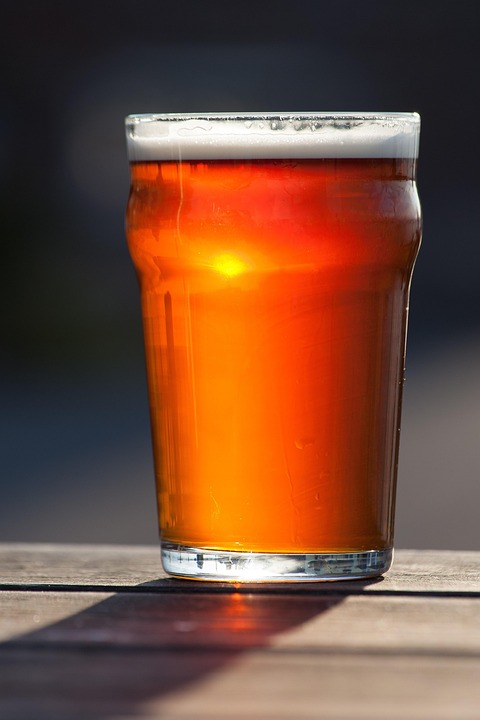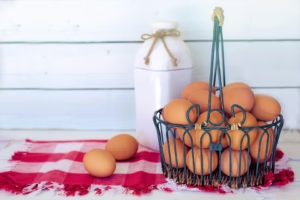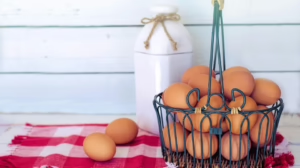Sip Local: Discover the Hidden Gems of Craft Beverages Near You
Introduction
The craft beverage scene has exploded over the past decade, with local breweries, distilleries, wineries, and coffee roasters emerging in communities across the country. For many, these hidden gems are not just places to grab a drink; they embody the spirit of local culture, community, and craftsmanship. In this article, we will explore the world of craft beverages, discussing the different types, their significance, and how to discover unique offerings in your area.
The Rise of Craft Beverages
Defining Craft Beverages
Craft beverages are typically defined by their production methods, small-scale manufacturing, and a focus on quality over quantity. This includes a variety of categories:
- Craft Beer: Microbreweries and brewpubs that prioritize small batches, traditional methods, and innovative flavors.
- Craft Distilled Spirits: Distillers who produce spirits in small quantities, often focusing on artisanal methods and local ingredients.
- Wine: Local vineyards and wineries that grow their own grapes and create unique blends reflective of their region.
- Coffee: Roasters who emphasize the provenance of their beans, often sourcing directly from farmers.
- Cider and Mead: Craft cideries and meaderies that produce beverages from apples or honey, often with unique twists.
The Growth of the Industry
According to the Brewers Association, the craft brewing industry has witnessed significant growth, with a marked increase in the number of breweries operating nationwide^[1]. This trend has been mirrored in the spirits and wine industries, where local producers are catching the attention of consumers interested in sustainability and unique flavors.
The Benefits of Sipping Local
Supporting Local Economies
When you choose to sip local, you’re directly supporting your community. Local craft producers often source their ingredients from nearby farms, creating a ripple effect that benefits the agriculture sector. Each pint of beer or glass of wine contributes to regional economic growth, creating jobs and fostering entrepreneurship.
Unique Flavors and Experiences
One of the most exciting aspects of local craft beverages is the variety of unique flavors. Local producers often use indigenous ingredients, seasonal fruits, and experimental techniques to craft their drinks. This means that a craft IPA in one region can taste wildly different from a similar one produced elsewhere.
Additionally, many craft beverage producers create experiences around their products. Tours, tastings, and events allow consumers to engage directly with the makers, offering insights into their methods and ingredients that enhance the drinking experience.
Sustainability and Ethical Practices
Many local craft producers prioritize sustainable practices, using organic ingredients and eco-friendly packaging. Choosing to sip local often means supporting businesses that are committed to environmentally responsible practices.
Discovering Hidden Gems
How to Find Local Craft Beverages
-
Online Resources and Apps: Websites and apps like Untappd, Yelp, and Google Maps can help you locate nearby breweries, wineries, and distilleries. Many platforms allow users to filter by ratings, proximity, and type of beverage.
-
Social Media: Follow local producers on platforms like Instagram and Facebook. These channels are often used to announce new releases, events, and promotions.
-
Local Festivals and Events: Attend craft beverage festivals, farmers’ markets, and tasting events. These gatherings showcase local producers and offer opportunities to sample a variety of beverages.
-
Word of Mouth: Don’t underestimate the power of personal recommendations. Ask friends, family, or coworkers for their favorite local spots.
Hidden Gem Examples
-
Local Craft Breweries: Hidden amidst bustling streets or tucked away in industrial parks, many microbreweries offer unique creations like lavender-infused ales or smoked porters that are difficult to find in larger commercial settings.
-
Craft Distilleries: Seek out local distilleries that specialize in gin, vodka, or whiskey. Many offer tours and tastings that allow you to learn about their distilling process.
-
Wineries and Vineyards: Often located in picturesque farmland, local wineries can provide a diverse selection of wines that capture the essence of their region.
-
Coffee Roasters: Local roasters frequently offer unique blends that highlight the characteristics of the beans. Visiting a roaster can provide insight into the roasting process and the importance of sourcing ethically.
The Craft Beverage Journey
Once you’ve located some local craft producers, how do you fully embrace the experience? Here are steps to make the most of your craft beverage journey:
Planning Your Visits
-
Create an Itinerary: If you’re visiting multiple locations in a single day, plan your route and time slots to ensure you can enjoy each stop without feeling rushed.
-
Check Hours and Availability: Many craft beverage producers have varying hours of operation. Always check ahead to see if you need to make a reservation for tastings or tours.
-
Designated Driver: If you plan on sampling alcoholic beverages, consider arranging for a dedicated driver. Some areas also offer professional tours that take care of transportation.
Engaging with the Makers
When visiting a brewery, winery, or distillery, don’t shy away from asking questions. Makers often enjoy sharing their stories, inspiration, and the science behind their craft.
-
Ask About the Ingredients: Many craft producers take pride in their sourcing methods. Learning about the ingredients can deepen your appreciation for the beverage.
-
Inquire About Their Process: Understanding how a drink is made can reveal the artistry involved and enhance your tasting experience.
-
Request Pairing Suggestions: Many beverage makers are also passionate about food and can provide recommendations on how to enjoy their products alongside various dishes.
Craft Beverage Trends
As the craft beverage landscape evolves, several trends are emerging:
Collaboration Brews
Joint ventures between breweries, distilleries, or even coffee roasters are becoming increasingly common. These collaborations often yield unique products that feature elements from each producer.
Local Ingredient Emphasis
Many craft producers are doubling down on using locally sourced ingredients. From grains to fruits, this trend not only supports local agriculture but also creates unique flavors that highlight regional characteristics.
Sustainability Initiatives
More craft beverage producers are adopting sustainable practices, such as energy-efficient production methods and eco-friendly packaging. This shift is often driven by consumer demand for environmentally responsible choices.
Challenges Facing Craft Producers
Competition from Large Brands
As craft beverages grow in popularity, they increasingly compete with large, established brands. Craft producers must find ways to differentiate themselves, often through unique flavors, exceptional service, and community engagement.
Supply Chain Issues
Many craft producers depend on local and seasonal ingredients. Supply chain disruptions, whether due to climate change, regulations, or global events, can pose challenges.
Regulatory Hurdles
Navigating the complex landscape of alcohol regulations can be daunting for new craft producers. State laws around production, distribution, and sales can vary significantly.
Conclusion
Whether you’re sipping a craft beer brewed with local hops, enjoying a glass of wine from a nearby vineyard, or tasting a unique spirit distilled right in your town, the craft beverage scene is ripe with opportunities to explore. By choosing to sip local, you not only support your community but also enrich your own palate and experience. With so many hidden gems just waiting to be discovered, why not embark on your own craft beverage journey today?
References
- Brewers Association. (2021). State of the Industry Report. Retrieved from Brewers Association


























Add Comment